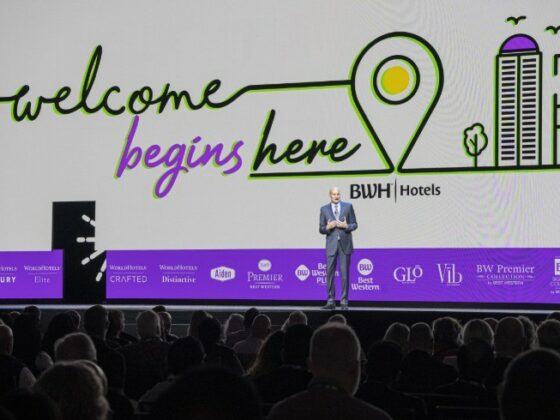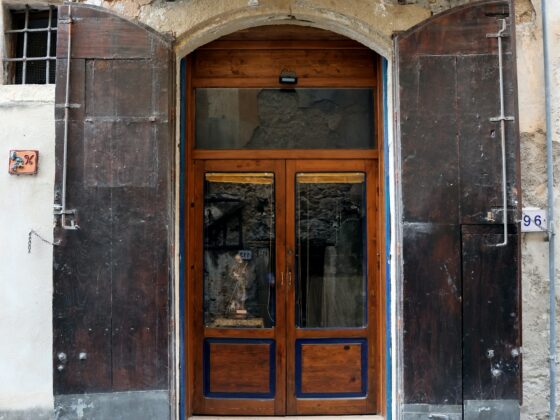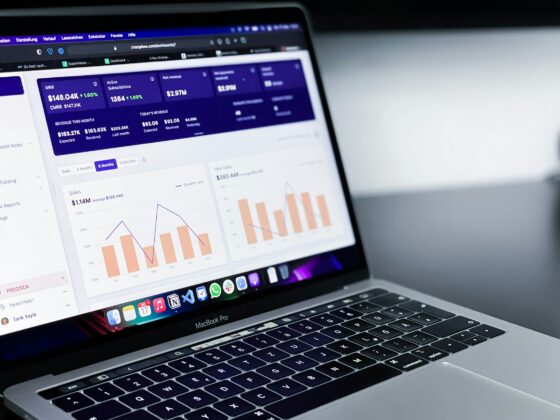
Today’s travelers are more mobile, digital and discerning than ever. They expect personalized experiences, seamless service across channels and meaningful value from loyalty programs. At the same time, rising acquisition costs and shrinking margins have made guest retention more critical than ever. This scrutiny puts hospitality IT and data teams in a challenging position. With the right AI tools, they can transform loyalty from a static, one-size-fits-all program into a dynamic engine of retention and revenue.
While generative AI dominates headlines, predictive AI delivers the strategy hotels need to anticipate guest behavior, personalize incentives and optimize engagement. This data-driven approach enables brands to move beyond broad, generic perks and deliver precision-timed, relevant offers that deepen loyalty.
The Shift from Broad Perks to Precision Timing
Imagine a world where your brand anticipates guest needs before they’re even expressed. A guest who typically travels for business suddenly books a weekend getaway in a resort market. Instead of sending a generic points bonus, a predictive model triggers a spa upgrade or late checkout, recognizing the guest’s shift in intent. This kind of real-time personalization builds brand connections and reinforces loyalty.
Historically, loyalty programs in hospitality have focused on broad benefits like free nights after a certain number of stays, status-based perks or seasonal discounts. While valuable, these offers often miss the moment of greatest impact—the personalized offer delivered to the right guest at the right time.

Predictive AI is the key to changing that. By analyzing guest behavior patterns across channels, such as bookings, app interactions, email engagement, spending and even in-stay preferences, predictive systems can learn what guests will want next and offer that to guests in moments that matter.
Re-Engaging Guests Before They Drift Away
One of predictive AI’s most powerful but untapped aspects is its ability to detect early signs of disengagement. The system can flag guests at risk of churning by evaluating data trends such as extended gaps between bookings, reduced interactions with marketing emails or changes in spending habits. From there, automated actions like targeted re-engagement offers or reminders of unused points can be triggered, bringing guests back before it’s too late.
For example, predictive AI might identify a frequent traveler who hasn’t booked in several months, triggering a personalized email offer that reminds them of accumulated points and seasonal discounts. Real-world implementations have shown that targeted nudges like these can boost re-engagement rates by double digits – proving that predictive models are proven tools grounded in years of behavioral data.
While predictive AI enables hyper-personalization, there’s a fine line between delivering value and feeling intrusive. Successful hospitality brands use AI to create contextual, respectful experiences that meet guest expectations without crossing privacy boundaries. This means implementing transparent opt-in mechanisms and respecting guest preferences, such as channel-specific communication choices.
Predictive vs. Generative AI: A Strategic Combination
While generative AI generates content, including chat replies, marketing copy or personalized itineraries, predictive AI forecasts outcomes. For example, predictive AI solutions don’t draft the marketing email, but can tell you who should receive it, when and which offer will most likely drive the desired result.
In the guest loyalty arena, predictive AI’s maturity matters. These models have been trained and validated against retention results, making them highly effective at uncovering hidden signs of churn and surfacing what matters most: the likelihood a guest will return.
When choosing AI solutions to implement in the hospitality setting, the future lies in combining both predictive and generative models. Predictive AI tools can inform who should be targeted and why, and generative systems can handle how the message is delivered across different marketing channels. Simply put, predictive AI can help set the strategy, and generative AI can help execute it.
Data as the Foundation and Future of Personalization
Predictive AI relies on accurate, unified data, something hospitality tech teams have sought for years. Loyalty-related data is often fragmented across CRMs, booking platforms and third-party apps. Even the most advanced AI models fall short without a centralized data foundation. The hospitality IT leaders who invest in personalization solutions that consolidate guest profiles and engagement signals will unlock the full potential of predictive AI, making guest data work harder to drive loyalty and satisfaction.
Brands that succeed will be those that anticipate guest needs, deliver hyper-personalized experiences across every touchpoint and maintain trust through responsible data practices. With predictive AI becoming a core strategy rather than a novelty, the future belongs to those who embrace intelligent loyalty workflows—resulting in better retention, higher guest satisfaction and increased revenue. The opportunity to lead the transformation is here—now it will depend on who will act on it first.
About the Author
Alfred is the Head of Personalization at Amperity, where he works on product development and strategy. Since joining Amperity in 2021, he has focused on building workflows, APIs, and real-time capabilities to help brands activate customer data. Prior to Amperity, Alfred spent time building VM features for Linux users at Microsoft as part of the Azure Compute team. Outside of work, he enjoys exploring the beautiful PNW outdoors and staying well-caffeinated.








